In the ever-evolving dance of digital marketing, headline testing emerges as a key performer. This strategy entails writing many headlines for the same content and determining which one your audience prefers. SEO rankings require psychology, industry trends, and data analytics, not just attentiveness.
Consider these scenarios:
- A headline emphasizing quick, tangible results in the health and wellness niche often outperforms more generic offerings.
- Technical headlines about new developments or insider information can attract techies.
Key steps in headline testing include:
- Crafting diverse headline options.
- Utilizing A/B testing to gauge response.
- Analyzing data to identify the most impactful choice.
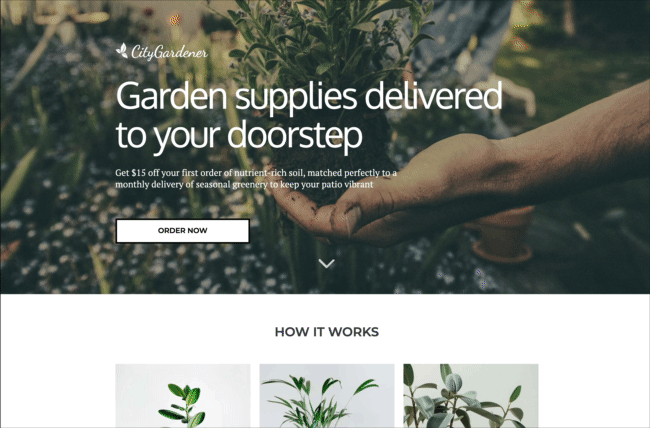
Headline testing can greatly increase content visibility and engagement. Anyone looking to improve their digital footprint needs it. Plerdy’s solution excels in user behavior analytics. Any SEO and content strategy benefits from its headline impact optimization, usability, and conversion rate insights.
The Mechanisms of Headline Testing
Dive straight into the core of headline testing, where compelling headlines undergo rigorous evaluation to ensure they snag attention and drive engagement. Strategically testing headlines against each other to determine the winner is key to headline testing. Effective headline testing in the bustling digital marketplace separates content that dazzles from the rest that merely blends in.
- Craft headlines that resonate—test them across different demographics.
- Measure impact—track how each headline performs in live scenarios.
- Optimize relentlessly—refine headlines based on concrete data.
Say you’re marketing for a tech gadget; headline testing lets you determine whether “Revolutionize Your Routine with Smart Tech” outperforms “Smart Devices: Unleash Potential at Your Fingertips.” Each headline undergoes the testing crucible to ensure your message doesn’t just reach the audience—it captivates them.
A/B Testing for Headlines
A/B testing shines by offering a direct showdown between two headlines in headline testing. Imagine working within the health supplement industry; your headline testing could pit “Elevate Wellness with Advanced Nutrients” against “Unlock Vibrant Health with Next-Gen Supplements.” Here’s how A/B testing for headlines unfolds:
- Deploy two headlines simultaneously.
- Monitor click-through rates meticulously.
- Analyze engagement metrics for each.
By running these headline tests, you swiftly gauge audience preferences, tailoring your approach to amplify content uptake. The aim is to pinpoint the headline that catches the eye and resonates enough to elicit clicks, ensuring your headline testing is not a mere exercise but a strategic maneuver to elevate your content’s impact.
Multivariate Testing Explained
Multivariate testing, a sophisticated facet of headline testing, delves deeper than A/B tests by examining how multiple headline elements perform in tandem. For a gourmet coffee brand, headline testing might assess combinations like “Sip the Revolution: Exotic Beans” and “Taste Adventure: Artisan Roasts.” This method unfolds through:
- Experimenting with various headline components—words, structure, and tone.
- Tracking user interactions across these complex headline arrays.
- Distilling the data to determine the most potent headline mix.
Headline testing through multivariate analysis dissects and rebuilds your message, ensuring each word contributes to a headline that captures attention and converts. It’s about fine-tuning to perfection, turning headline testing into an art form that speaks directly to your audience.
Real-time Headline Optimization Techniques
Real-time headline optimization techniques leverage instant feedback, adapting swiftly to audience preferences. In the finance sector, a headline could shift from “Maximize Your Returns” to “Invest Wisely: Grow Your Wealth” based on live testing results. Key steps include:
- Implementing headline variants across platforms.
- Monitoring performance metrics instantly.
- Adjusting headlines dynamically to optimize engagement.
This approach ensures your headline testing is as agile as it is precise, capturing the pulse of your target demographic. It’s not just testing headlines; it’s honing them in the wild – where real users react and interact, giving you the edge in crafting messages that resonate and drive results.
Preparing for Headline Testing
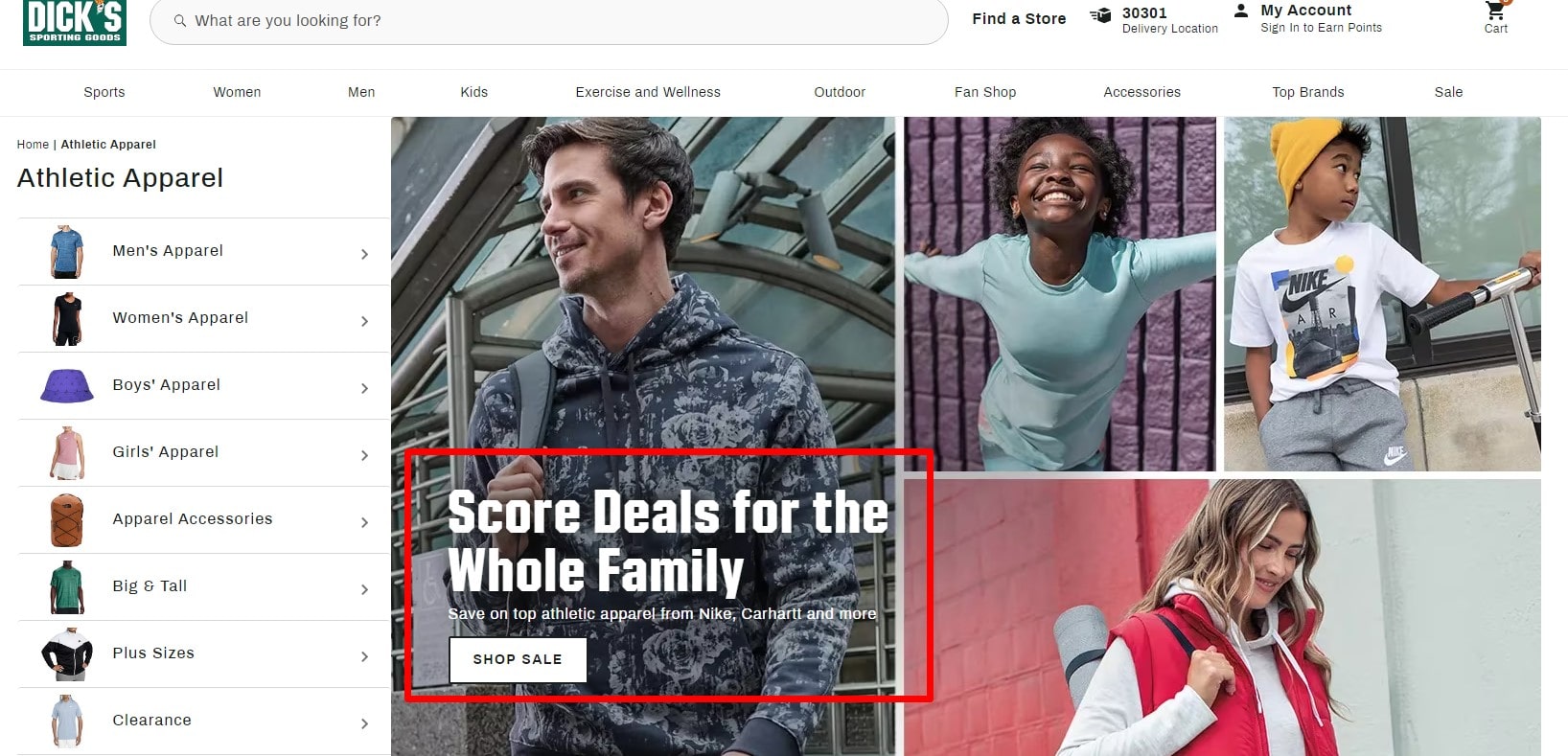
Before you leap into headline testing, laying the groundwork is critical for meaningful results. Pre-testing preparation involves a dual focus: pinpointing your success metrics and deeply understanding your target audience.
Identifying Your Key Performance Indicators (KPIs)
KPIs are the north star of headline testing, guiding you toward your campaign’s objectives. Selecting the right indicators will give you a clear idea of whether your headlines hit the mark.
- Consider click-through rates to gauge immediate interest.
- Evaluate engagement metrics, like time on page, to measure content resonance.
- Track conversions if direct response is the end goal.
For a lifestyle magazine, KPIs include social shares and subscription sign-ups, metrics that reflect both engagement and conversion.
Understanding Your Audience
Knowing your audience ensures that your headline speaks their language. This means diving into demographics, psychographics, and user behavior to align your headlines with audience preferences.
- Analyze past content performance to see what resonates.
- Gather insights from social listening and audience feedback.
- Segment your audience to personalize headline testing.
A fitness app, for example, would benefit from testing headlines that resonate with different fitness levels, from beginners to advanced athletes, tailoring the message to each group’s unique goals and pain points.
Implementing Headline Testing
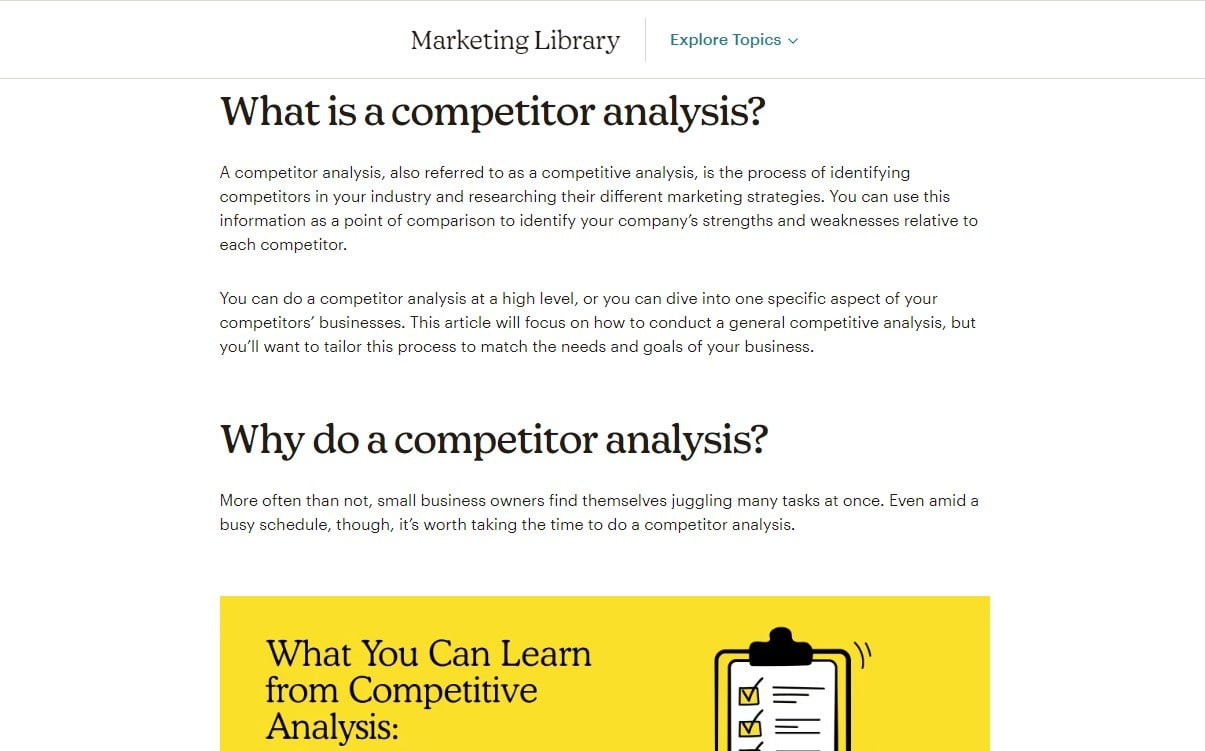
Launching into headline testing is a tactical move to ensure your content’s first impression makes a substantial impact. This requires meticulous preparation, an arsenal of creative variations, and a commitment to data-driven revisions.
Choosing the Right Tools and Platforms
The backbone of effective headline testing lies in selecting the proper tools and platforms. Choose a solution that supports A/B or multivariate testing and interfaces with your content management system and analytics tools from the many alternatives.
- Opt for platforms that offer real-time data analysis.
- Ensure compatibility with your website and marketing software.
- Look for features that allow for automated testing cycles.
For instance, an e-commerce brand might choose a platform that tests headlines and analyzes how those headlines influence shopping cart additions and checkouts.
Setting Up Your Headline Tests
When you’ve zeroed in on the perfect tool, setting up your headline tests is your next maneuver. You’ll want to ensure that your testing is strategic, targeting the right audience segments, and timed to coincide with peak traffic periods for maximum data collection.
- Define clear objectives for each test.
- Segment your audience to tailor headline impact.
- Schedule tests during high-traffic windows for better data.
For a travel blog, this might involve testing headline variants on articles about budget travel during a time when search trends spike for affordable vacation planning.
Best Practices for Running Headline Tests
Executing headline tests with precision is crucial. Below are best practices that can guide you through this process:
- Test one variable at a time to pinpoint what works.
- Run the test long enough to gather significant data but not so long that the market changes.
- Use a large enough sample to ensure statistical significance.
Adhering to these practices will help draw clear conclusions from your testing efforts. Let’s take the tech industry as an example—running headline tests on the latest gadget release would require quick yet thorough testing to capitalize on the initial surge of consumer interest.
Analyzing Headline Test Results
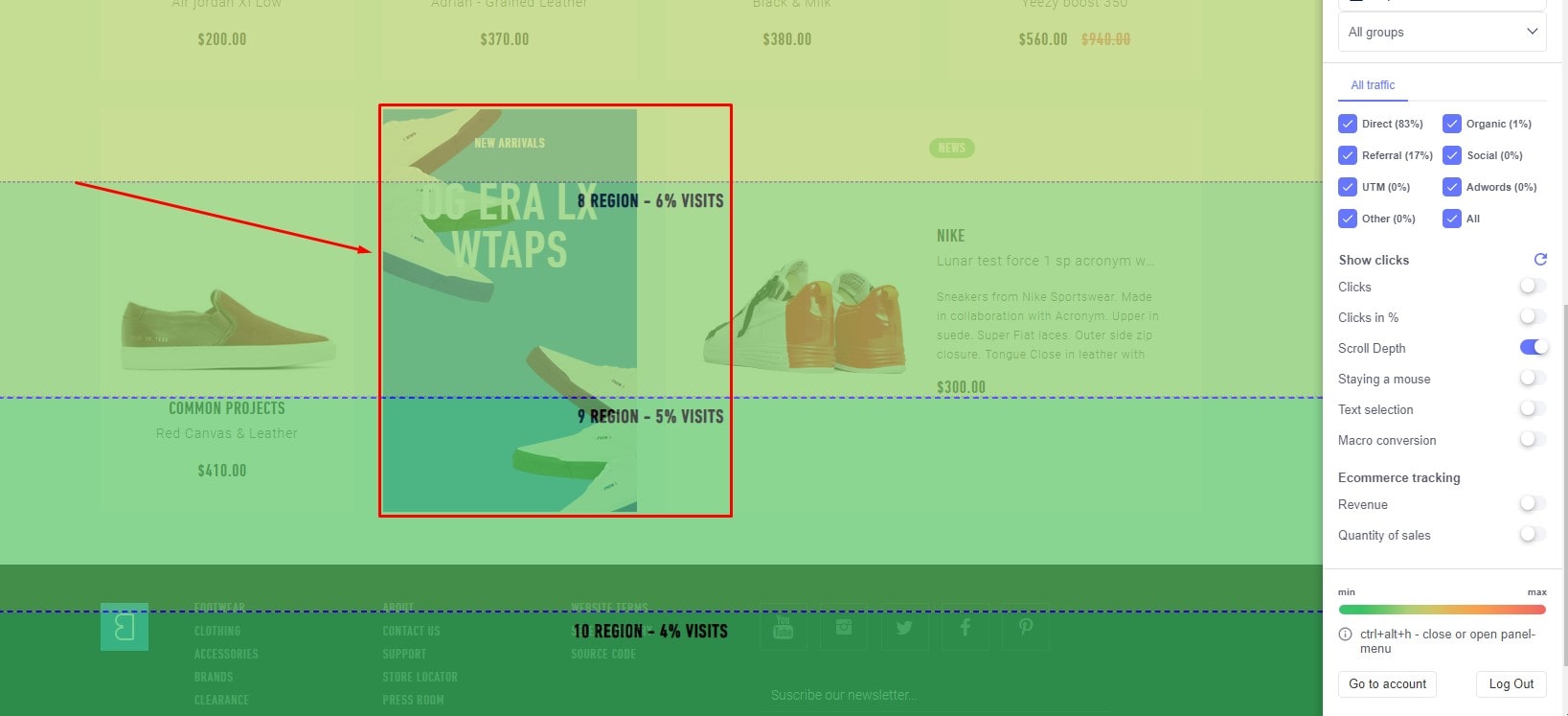
Once the battlefield of headline testing is quiet, the real work begins—sifting through the aftermath to gather actionable intelligence from the data.
Interpreting Data and Metrics
Interpreting the results of headline tests is an intricate task involving more than just tallying clicks.
- Assess click-through rates to gauge initial attraction.
- Study engagement metrics like time spent on the page and bounce rates.
- Evaluate conversion rates to see if the headlines delivered qualified leads.
A/B testing in the entertainment industry may reveal that certain words resonate more with a target audience, influencing the selection of future headlines for movie promotions or album releases.
Making Data-Driven Decisions
The true value of headline testing lies in its capacity to inform future strategies.
- Use performance data to shape forthcoming headline creations.
- Analyze patterns in user interaction to refine content placement.
- Adjust content strategies based on the emotional impact of headlines.
In e-commerce, data from headline tests could directly influence how products are presented and described, ultimately impacting sales numbers and customer retention.
Learning from Failed Headline Tests
Not every test will yield a winner, but every outcome is a treasure trove of insight.
- Identify which headline elements failed to connect with the audience.
- Understand the context of the test to gauge timing and relevance factors.
- Pivot strategy based on what has been learned to improve future tests.
For a travel service provider, failed headline tests indicate a disconnect between what the service offers and the headline promises, providing a key opportunity for realignment.
The Impact of Headline Testing
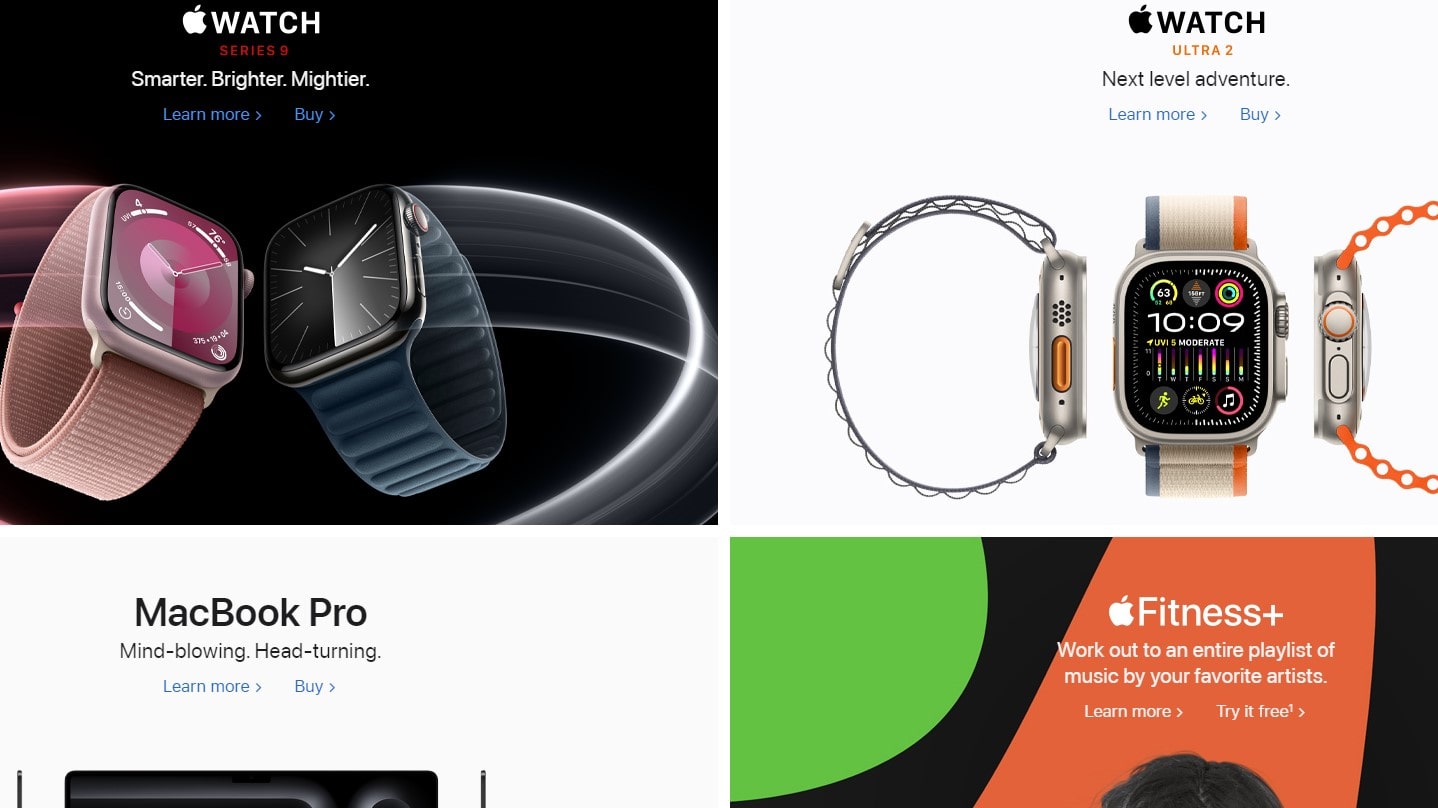
Headline testing is a critical component in the content strategy that can dramatically alter the trajectory of a campaign’s success.
Case Studies: Success Stories and Lessons Learned
Diving into the archives of headline testing reveals a goldmine of successes that have reshaped brand strategies.
- A fashion retailer adjusted their headlines and saw a 17% uptick in click-throughs.
- An online educator switched up their headline strategy, resulting in a 40% boost in course sign-ups.
- A travel site’s revamped headlines captured the wanderlust of its audience, driving a 30% increase in booking inquiries.
These anecdotes underline the power and ability of words to resonate with a specific audience. They educate us that headline testing is strategic, not tactical.
The Effects of Headline Testing on Traffic and Engagement
The immediate impact of headline testing is often seen in the surge of traffic and user engagement.
- Enhanced headlines often lead to a spike in website visitors.
- Better headlines correlate with longer dwell times on pages.
- Improved headlines can result in higher content-sharing rates.
For a tech blog, headline testing could mean the difference between an article going viral or going unnoticed. The blog can pinpoint the language their tech-savvy audience prefers by testing how different headlines perform.
Long-term Benefits of Regular Headline Testing
The long-term advantages of consistent headline testing can cement a brand’s reputation and build lasting relationships with audiences.
- Creates a stronger brand voice through consistently compelling headlines.
- Builds an engaged readership that trusts the brand to deliver valuable content.
- Drives sustained traffic growth as improved headlines continue to attract new readers.
Take, for example, a health and wellness platform. Through regular headline testing, they can hone a voice that appeals directly to their health-conscious readers, ensuring a loyal following, not just a one-time click.
Advanced Headline Testing Strategies
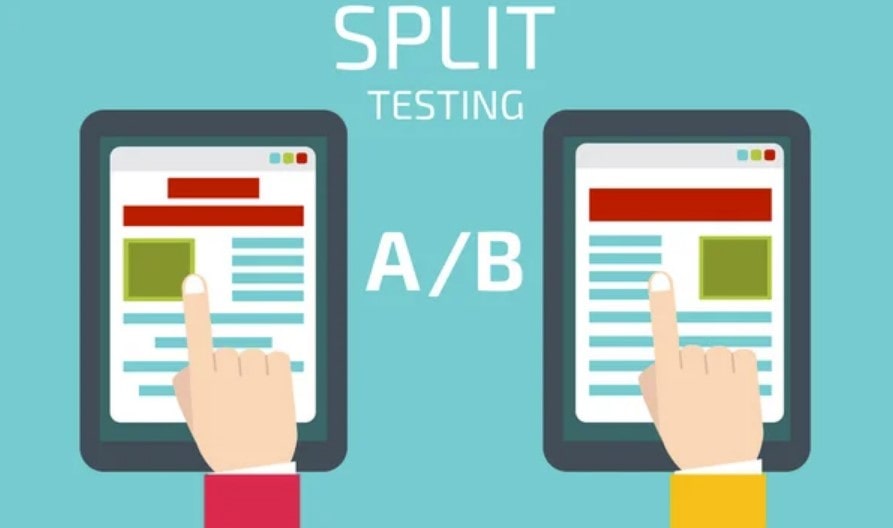
Pushing the boundaries of headline testing requires a blend of sophisticated tools and nuanced approaches that go beyond standard practices.
Leveraging AI and Machine Learning
Artificial Intelligence and Machine Learning are transforming headline testing into a predictive science.
- Deploy AI algorithms to predict headline success before going live.
- Use machine learning to adapt and learn from ongoing test results.
- Analyze vast datasets for trends that human analysts might overlook.
For instance, in finance, AI can run simulations on headline variants, predicting which ones will resonate during market fluctuations or economic announcements.
Semantic Analysis for Emotional Impact
Understanding the emotional undertone of a headline can significantly affect its performance.
- Utilize semantic analysis tools to evaluate the emotional tone of headlines.
- Tailor headlines to the emotional context of the content for better alignment.
- Measure the emotional engagement of your audience with specific word choices.
In health and wellness niches, headlines that trigger an emotional response to personal well-being can dramatically improve reader engagement and loyalty.
Dynamic Headline Optimization
Dynamic headline optimization involves real-time adjustments to maximize headline effectiveness.
- Implement tools that adjust headlines based on user interaction data.
- Allow for real-time headline variations to test multiple scenarios quickly.
- Continuously refine and tweak headlines based on live audience behavior.
For a sports news outlet, dynamic optimization could involve changing headlines on the fly during a major sporting event to capitalize on fan enthusiasm and game developments.
Ethical Considerations in Headline Testing

Navigating the landscape of headline testing involves more than just leveraging data and creativity—it demands a stringent ethical compass to steer by.
Balancing Click-Worthiness with Accuracy
Crafting headlines that magnetize clicks must also uphold the truth. Content integrity starts with the headline, which should be a clear window into the article’s essence.
- Ensure headlines accurately reflect the article’s content.
- Avoid sensationalizing or misrepresenting facts for the sake of engagement.
- Strive for headlines that intrigue but also inform.
In the health information sector, for instance, a headline must draw readers and convey medical information responsibly, without exaggeration or ambiguity.
Avoiding Clickbait and Maintaining Credibility
In pursuing virality, the line between engaging and deceptive can often blur. Maintaining credibility while engaging in headline testing is paramount.
- Resist the urge to use misleading or hyperbolic headlines.
- Prioritize reader trust over short-term traffic spikes.
- Reflect on the brand’s values through honest, compelling headlines.
For a financial advisory firm, it’s essential that their headline testing ensures readers are enticed by genuine insight rather than sensationalized market predictions.
Respecting User Privacy in Testing Processes
As headline testing often relies on user interaction data, respecting privacy becomes a non-negotiable aspect.
- Collect and analyze data in compliance with privacy laws and regulations.
- Be transparent with users about the data being collected and its use.
- Employ data minimization principles to use only what is necessary for testing.
A children’s educational app, while headline testing, must be particularly cautious, ensuring that the data used to inform headline efficacy respects the sensitive nature of their young audience.
The ethical landscape of headline testing is not just about making users click—crafting a headline strategy that respects the reader, maintains trust, and values truth. In an age where headlines can spread as fast as they can be read, ethical headline testing is a testament to a brand’s commitment to honesty and responsibility in the digital space.
Conclusion
Impactful digital strategies start with headline testing, where the correct words can convert surfers into purchases. Tests are more than experiments—they reveal your audience’s preferences. Increasing headline quality increases engagement and conversion rates.
In headline testing, every word counts. Consider these benefits:
- Headlines that hit the mark can increase CTR (Click-through rate) dramatically.
- Testing various headlines helps identify the language that best aligns with your audience’s preferences.
- The data from headline testing provides valuable insights into consumer behavior and trends.
As the digital terrain evolves, Plerdy gives a competitive edge. To optimize your content, they evaluate headlines, SEO, and UX.
Remember, headline testing is about creating a message that resonates, engages, and converts, not just choosing words. With tools like Plerdy, you can refine your approach, ensuring your headlines aren’t just seen—they’re remembered. Try headline testing, use words, and watch your digital approach improve.
